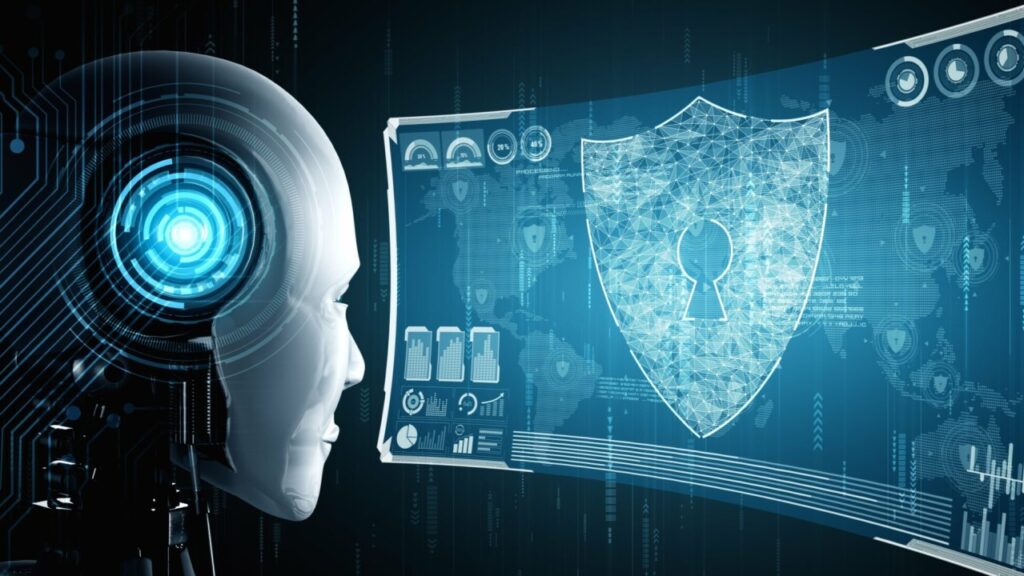Softlogic Life, a leading life insurance company in Sri Lanka, launched a new TV commercial on 1st June 2023 that uses deepfake technology to bring back four of the country’s most iconic music legends. The commercial features the late H.R. Jothipala, Milton Mallawarachchi, Clarence Wijewardena, and Sunil Perera, who have been digitally resurrected to perform their classic song “Leda Leda.”
The commercial was created by a team of local artists and technologists, who used deepfake technology to create realistic recreations of the four singers. The technology involves using artificial intelligence to track the movement of facial features in one video and then transferring those movements to another video. In this case, the team used deepfake technology to track the movement of the singers’ faces in old videos and then transfer those movements to a new video of them performing “Leda Leda” together.
The result is a very realistic commercial that makes it look like the four singers are actually performing together. The commercial has been praised by viewers and each artist’s close family for its creativity and innovation, and it has helped to raise awareness of deepfake technology in Sri Lanka.
Deepfake technology is a powerful tool that can be used for a variety of purposes. It can be used to create realistic recreations of people, which can be used for entertainment, education, or even marketing. The Softlogic Life TV commercial is a good example of how deepfake technology can be used for positive purposes. The commercial is creative and innovative.
However, it is important to remember that deepfake technology can also be used for malicious purposes which can cause serious havoc. It is therefore important to be aware of the potential dangers of deepfake technology and to be able to identify them.
Here are some of the telltale signs of deepfakes:
- Unnatural eye movements: Deepfakes often have unnatural eye movements. This is because the software that is used to create deepfakes doesn’t always track the movement of the eyes quite accurately as of now.
- Mismatched lighting: Deepfakes often have mismatched lighting. This is because the software doesn’t always take the lighting into account when transferring the movements of the face.
- Artifacts: Deepfakes often have artifacts, such as blurring or ghosting. This is because the software doesn’t always create a perfect recreation of the face.
If you see a video that you think might be a deepfake, you can use these telltale signs to help you identify it. However, it is important to note that not all deepfakes will have these telltale signs. As the technology continues to develop, deepfakes will become more and more realistic, making them harder to identify.
Deepfake technology is a powerful tool that can be used for a variety of purposes. If you read this far, I believe you are interested in this sort of technology. Try it out 🙂
-Rushen Wickramaratne


